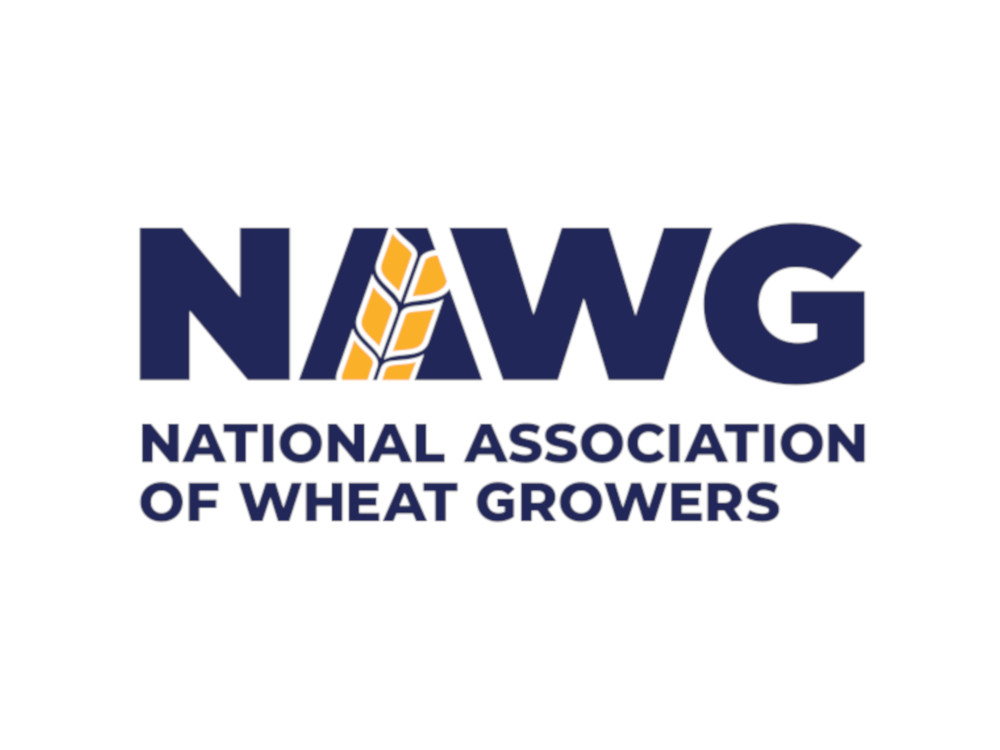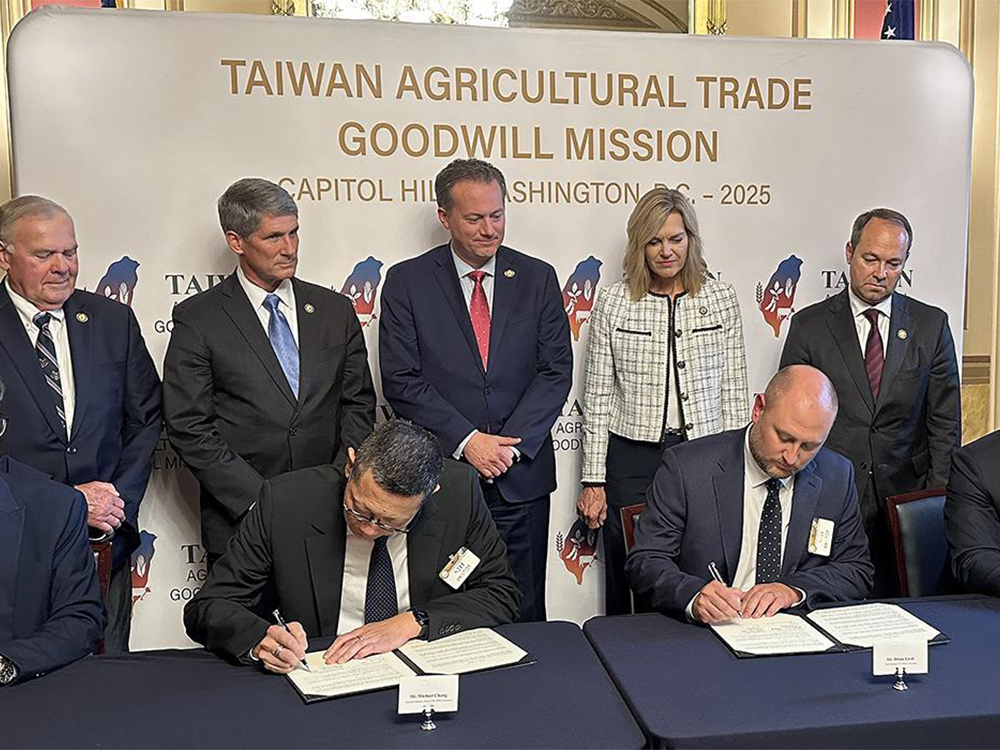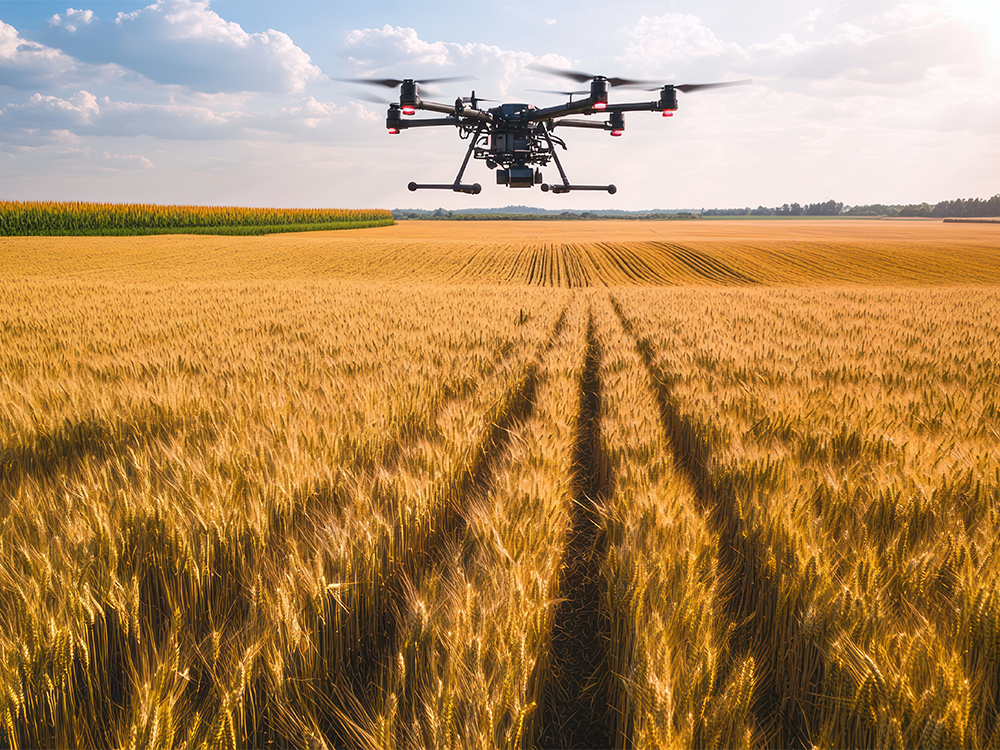The year is 1892 and John Froelich just built the first gas engine that could move forwards and backwards. A maneuver that’s taken for granted today but was revolutionary at the time, the engine eventually earned the moniker “tractor” and transformed farming.
The transformations in agriculture technology didn’t end there. Long gone are the days of picking a point on the horizon and attempting to drive in a straight line.
Today, in 2025, tractors drive themselves, drones fly overhead and yield monitors give growers a play-by-play as a field is harvested. In the world of precision agriculture, the sky isn’t the limit and Froelich would be unlikely to recognize the farming landscape 133 years after his invention.
“Precision agriculture is all about site-specific management,” said Bryan Runck, a senior research scientist in the University of Minnesota’s GEMS Informatics Center. “It’s most associated with the four “Rs” – right place, right source, right time and right rate.”
While precision agriculture has made farming more convenient – not including sitting around waiting for software updates, of course – many advances were made out of necessity. Between environmental changes, pesticide resistance, labor shortages and fewer acres available for farmland, precision agriculture is the answer.
“We can grow a crop much more precisely by addressing the needs of the different parts of the field in a variable rate fashion,” said Paulo Flores, a professor at North Dakota State University in the Department of Agriculture and Biosystems Engineering. “Basically, precision agriculture allows us to measure parts of the field where we need more or less of something, such as nitrogen and the equipment has such a level of technology that allows us to deliver the right amount to the right place across the field.”
Every year, CropLife magazine and the Department of Agricultural Economics and Agronomy at Purdue University conducts a survey titled, “Precision Agriculture Dealership Survey,” of crop input dealers about precision agriculture technologies. The longest-running, continuous survey of precision farming practices in the world, the data collected offers a unique insight into the trends adopted by producers across the Midwest.
Unsurprisingly, according to the 2025 survey, the most widely adopted precision technology was GPS guidance with automatic control with dealers reporting that 74 percent of the acres in their market areas utilize the technology. Not only does autosteer save producers money, it increases accuracy and reduces operator fatigue.
“There was a really big unlock once relatively high-precision GPS became publicly available,” said Runck, who grew up on a conventional corn and soybean farm near Lamberton, Minn. “I remember on our farm, and I think this is reflective of a lot of the early adopters of GPS, was all of a sudden you could map all your field boundaries easily and inexpensively because you could get on a global coordinate reference system as opposed to just a local coordinate reference system that existed within the field. If we didn’t have commercial, high-precision GPS, a lot of the ease-of-use things that farmers have come to expect wouldn’t be possible.”
Building efficiencies
For farmers, GPS might be more precious than gold. Not only does it allow a tractor to steer itself, but it has also made way for several innovations that are now highly valuable to growers like yield monitors and precision soil sampling. The 2025 Precision Agriculture Dealership Survey reported that yield monitors were the second most adopted technology but made sure to mention that just because a farmer has a yield monitor, doesn’t necessarily mean that the farmer is creating a yield map.
“The question that I always have is how much of technology adoption is driven by turnover in equipment because a lot of the precision technology is baked into equipment,” said Runck.
While some technologies have been around for several years, researchers are constantly working on not only improving existing technologies but also developing new tools that will help producers. Utilizing drones is one of the technologies that’s on the rise, and Flores is exploring two agriculture functions for the unmanned aerial vehicle.
“The two main things that I focus on are high-throughput phenotyping and site-specific weed control,” Flores said.
Growers rely on variety development to improve yield and combat disease, among others, which is far from a quick process with commercialization taking several years. To aid plant breeders, Flores is working to develop a system to help them collect basic data from their plots.
“Plant breeders have hundreds, if not thousands, of small plots across the state and they go around making measurements on those plots which takes a lot of time,” Flores said. “What we’re trying to do is use drone imagery to collect data that would be a proxy for the measurements they take in the field because they can spend four to eight hours taking measurements in the field, but we can fly the same field in half an hour. We’re trying to help build efficiencies into their breeding program.”
Drones can be used beyond research purposes and have proven useful in on-farm applications, too.
“We’re looking at using drone imagery to map the weeds in the field and then create a prescription map that is pushed to a commercial size sprayer,” Flores said. “The idea is to basically shut the nozzles off on the sprayer where there aren’t weeds in the field.”
Using drone imagery to spray only the parts of a field that need to be sprayed will save producers precious dollars and cents.
“I don’t care about identifying the weed species, we are more interested in identifying the crop and deleting the crop from the imagery,” Flores said. “And the other thing we try to do is not spray every single individual weed, but we create a grid of cells that’s about five feet by 10 feet, and every time there is at least one weed in that cell, that cell gets sprayed. If the cell doesn’t have any weeds, they don’t get sprayed.”
State of the art
Artificial intelligence is another hot topic in not only agriculture, but virtually every industry in the global economy
“The research community is going to be going heavy down the AI front and that’s because the federal government is going to continue to invest in that,” Runck said.
As AI applications are developed and fine-tuned for the agriculture industry, the idea is that the technology will help growers make critical decisions. For example, farmers are highly dependent on the weather and as AI technology continues to improve weather forecasting, farmers will be able to make more informed decisions.
“We should be seeing state of the art weather forecasting,” Runck said. “We’re already seeing state of the art weather forecasting and that has a huge impact on agriculture because if we can get to a reliable, like 30- or 60-day forecast, that’s a complete game changer.”
While rapidly advancing agriculture technology seems perfect in theory, there are still barriers before the latest and greatest technology is widely adopted. Farm income stands out as the biggest barrier, with over 50 percent of dealers in the Purdue survey agreeing or strongly agreeing. According to the survey, the second biggest issue is the cost of precision agriculture outweighing the benefits. Long story short, farmers need to be able to afford the technology and see the return on investment.
“Ultimately, the more you buy into precision ag systems, the more compounding beneficial effects,” Runck said.
Though there is still a lot of work to be done, the future of precision agriculture is bright.
“In the future, from a practical standpoint, I hope the technology gets easier to use and that there aren’t a lot of the same pain points that we feel right now in terms of integrating across platforms and vendors,” Runck said.
Chances are that in 133 years, today’s farmers won’t recognize the technology used in fields across the country. In fact, today’s farmers might hardly recognize the advances that will be made in the next decade. But nevertheless, agriculture technology advancements remain critical to feeding and fueling the world, and public and private research institutes will continue exploring the most effective methods to integrate technologies on the farm.





